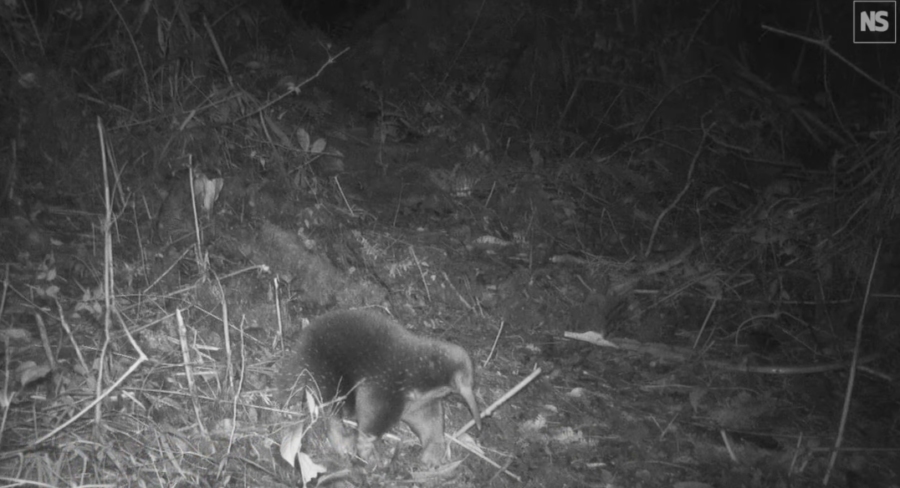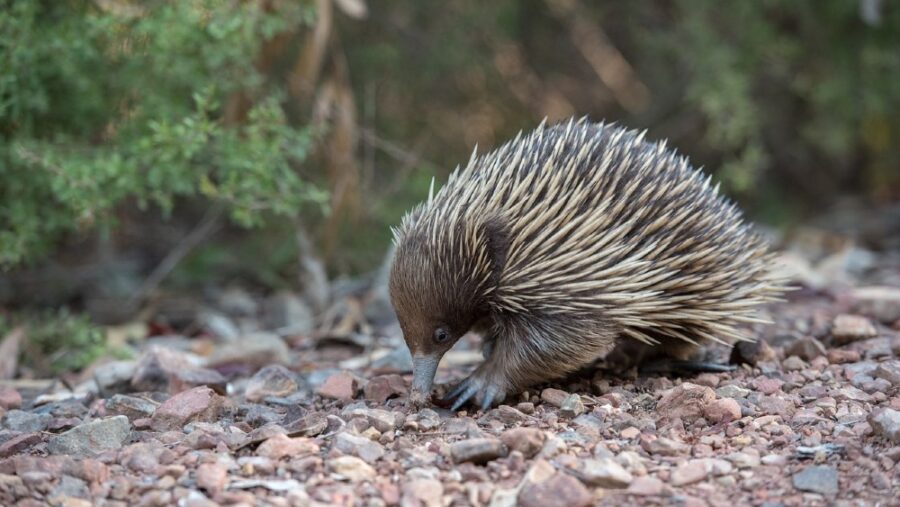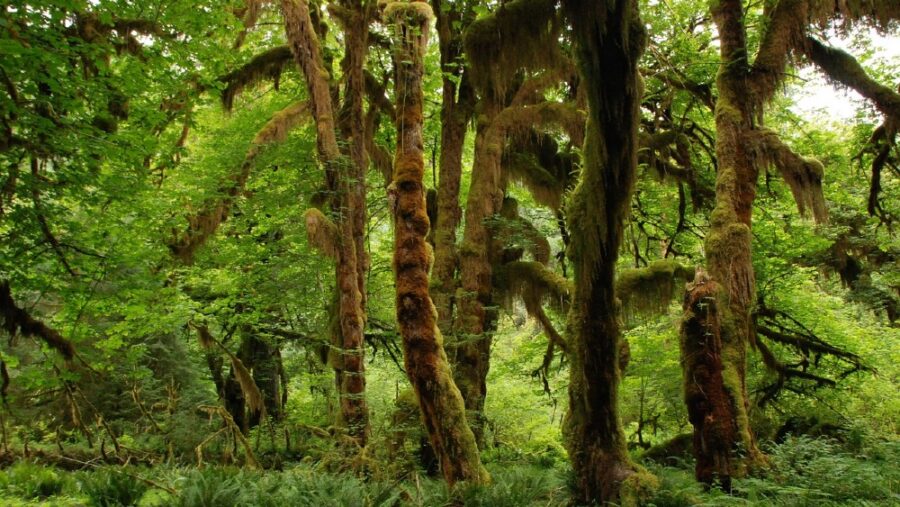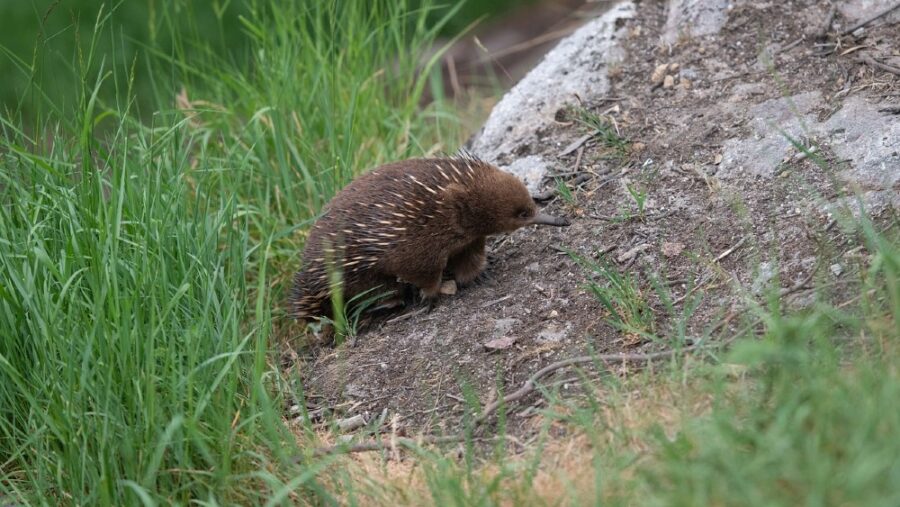Living Fossil Thought Extinct Rediscovered, A True Miracle Of Nature

The Attenborough long-beaked echidna, thought to be extinct for over six decades, has been rediscovered in the remote Cyclops Mountains of Indonesia. The egg-laying mammal’s existence was confirmed through a series of short video clips captured during an expedition led by researchers from Oxford University.
The Species Is Named After Sir David Attenborough

The Attenborough echidna, a spiky and furry creature with a long beak, belongs to a group of mammals called monotremes, which lay eggs instead of giving birth to live young. This particular species, Zaglossus attenboroughi, earned its name from the legendary broadcaster and naturalist Sir David Attenborough, BBC reports.
The Attenborough Weight Only Two Kilograms

The Attenborough long-beaked echidna or the Cyclops long-beaked echidna is the smallest of the long-beaked echidna species, weighing between two and three kilograms. Their beaks are approximately 70 mm long, which is somewhat straighter than other echidna species. They have five claws on each foot, and adult males have a small non-venomous spur on the inside of each ankle.
The Attenborough echidna are not social and come together only during the breeding season. They are primarily active at night and feed mainly on earthworms, termites, insect larvae, and ants. Mating takes place in July, with females laying the eggs after about eight days, and the babies stay in the mother’s pouch for around eight weeks or until their spines develop.
Nose Pokes Led To The Rediscovery

The species was thought to be extinct until its “nose pokes” were found in the Cyclops Mountains of Indonesia. Before that, the only evidence that the Attenborough long-beaked echidna existed was an old specimen preserved in the Treasure Room of Naturalis, the natural history museum of the Netherlands.
Doctor James Kempton, the biologist leading the expedition, expressed his excitement about the rediscovered Attenborough echidna. “I’m not joking when I say it came down to the very last SD card that we looked at, from the very last camera that we collected, on the very last day of our expedition,” he said.
The Search Led Researchers Through Treacherous Rainforests

The Cyclops Mountains, a relatively harsh rainforest habitat situated 2,000 meters (6,561ft) above sea level, proved to be a challenging but fruitful location for the research team. Climbing narrow ridges covered in moss and tree roots, battling venomous animals, and navigating earthquakes, the scientists persevered to reach the elusive Attenborough echidna’s habitat.
The search for Attenborough echidnas also unearthed a slew of new species, including insects, frogs, a tree-dwelling shrimp, and a previously unknown cave system. Doctor Leonidas-Romanos Davranoglou, a Greek insect specialist on the team, described the experience as “a truly monumental expedition,” given the volume of discoveries made.
Local beliefs that the Cyclops Mountains were sacred had hindered previous expeditions to find the Attenborough echidnas. However, the current team worked closely with local villages, respecting their customs and traditions. The mountains’ elusiveness even played a role in conflict resolution, with disputes settled symbolically through the search for an echidna or a marlin.
The Attenborough Long-Beaked Echidna Still Faces Extinction

Despite the rediscovery, the Attenborough long-beaked echidna still faces conservation challenges. Classified as critically endangered, the species lacks protected status in Indonesia. Doctor Kempton hopes that the newfound knowledge about this ancient mammal and the other discovered species will strengthen the case for conservation in the Cyclops Mountains.
“The Attenborough long-beaked echidna is a symbol of what we need to protect – to ensure we can discover it,” Doctor Kempton explained. As the scientific community celebrates its unexpected findings, it serves as a reminder of the mysteries still hidden in the unexplored corners of our planet and the importance of preserving these ecosystems for future generations.













